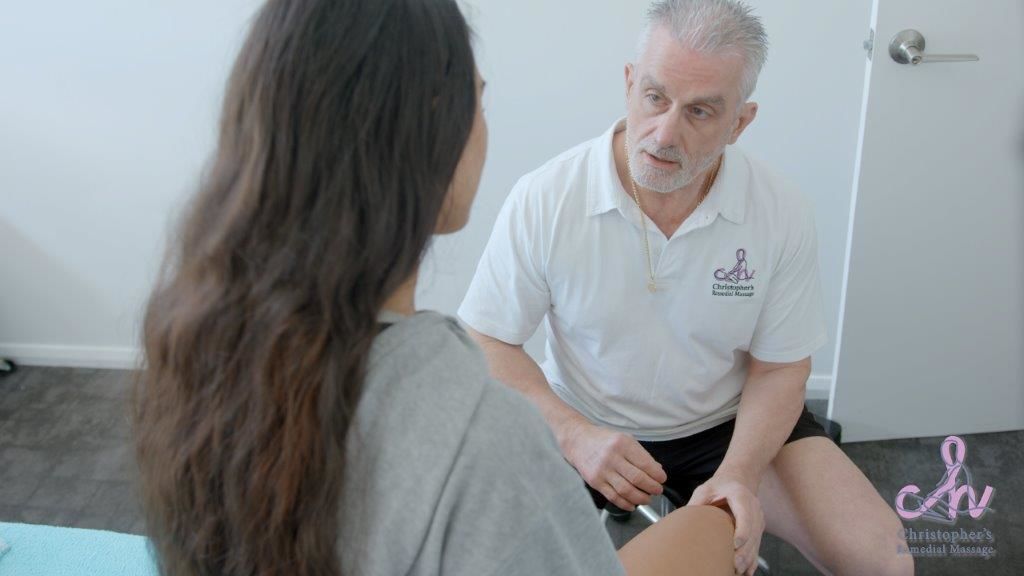Whether you've been exercising consistently or are thinking about getting active now that the warmer months are around the corner, shin splints are a problematic issue that causes countless people significant discomfort.
With shin splints most common in runners, you might be unable to exercise as planned because the inflammation in your lower legs becomes too painful. So, what can you do? Here, we discuss the causes of shin splints and how to manage it to keep yourself on the move.
What Causes Shin Splints?
There are numerous reasons you might experience shin splints during or after exercise. For example, running in inappropriate shoes that don't properly support your feet can cause problems. However, you might also have flat feet, ignore an adequate warmup or have ankles and hips that need strengthening.
With these potentially putting greater stress on your shins and the connective tissue between your bones and muscles, shin splints are caused when this area becomes inflamed. Fortunately, there are several simple techniques you can adopt to avoid a painful long-term injury.
Three Ways to Manage Shin Splints
You don't just have to suffer through the pain when you develop shin splints. Although this issue can persist in some people for some time, shin splints are usually resolved with proper rest and consideration.
- Get Plenty of Rest
Shin splints arise in many people because they simply aren't resting enough, with those who start a new exercise programme often failing to give their body the time it needs to recover between sessions. If you've noticed the feeling of shin splints, remember to get plenty of rest and slow down your training regime to help your body adjust.
- Wear Supportive Footwear
Running in footwear that isn't built for your feet is another common cause of shin splints. Even if it doesn't feel like it, going for a long-distance jog can put considerable force through your legs, meaning you need the ideal footwear to support your movement. Get expert advice to ensure you're wearing shoes that limit the pressure placed on your muscles.
- Use Ice After Exercise
As the feeling of shin splints is typically caused by swelling around the shinbone, taking steps to reduce this inflammation can help reduce the symptoms. After you've gone out for a run, it's a good idea to ice the area for 15 to 30 minutes. Meanwhile, some people also take ibuprofen as this everyday painkiller is used to limit inflammation.
Book a Remedial Massage Today
Need help with shin splints? Get in touch with Christopher's Remedial Massage to book a session at our Ramsgate Beach, Enfield and Brighton-Le-Sands clinics. Call us on 0417 451 081 or visit our contact page to complete the online enquiry form.

